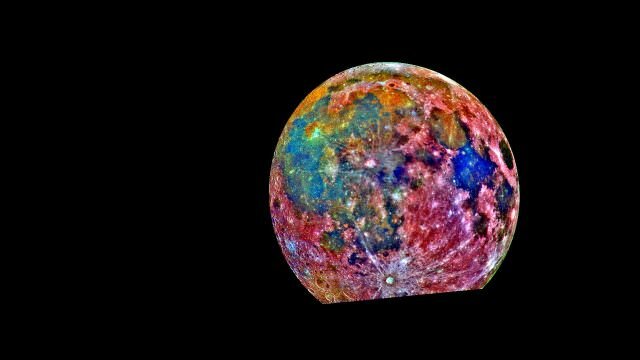Last updated May 3, 2018 at 9:53 am
New research shows diamonds can be bent if they are small enough.
While diamond is the hardest, most rigid naturally-occurring substance, it is possible to create nanoscale “needles” from diamonds that can actually be slightly flexible.
An international research team took narrow shards of artificial diamonds and carved needles just 300 nanometres (billionths of a metre) in length.
Credit: Carla Schaffer / AAAS
When these needles were stretched by ultralarge elastic strains, their mechanical, thermal, optical and chemical reaction properties changed significantly.
By applying a small force, the scientists found that these crystalline slivers could bend sidewards, withstanding a strain of up to 9 per cent.
Until this critical limit was achieved, the elastic deformation could be completely reversed if the probing stopped.
“We developed a unique nanomechanical approach to precisely control and quantify the ultralarge elastic strain distributed in the nanodiamond samples,” says Yang Lu, senior co-author of the study.
Approaching the potential limits of diamond flexibility, the single-crystal diamond “nanoneedles” achieved a higher local maximum tensile strain on average, compared to an ordinary diamond in bulk form. In its original state, its stretch limit was well below 1 per cent.
“It was very surprising to see the amount of elastic deformation the nanoscale diamond could sustain,” says Daniel Bernoulli, co-author and postdoctoral researcher at Massachusetts Institute of Technology.
After the experiments, detailed simulations allowed the researchers to determine just how much stress and strain the needles could hold before snapping.
This newly discovered property could lead to advanced technology in bioimaging and biosensing, data storage and medicine. In particular, fluorescence imaging techniques, improving resolution of MRIs, monitoring biomolecules and enhancing the dispersion of poorly water-soluble medication are all potential applications.
Additionally, certain microscopic features in bulk diamonds, known as nitrogen-vacancy emission centres, absorb electromagnetic radiation and emit these rays as light. This makes it extremely sensitive to magnetic fields, temperatures, ion concentrations, and spin densities, and therefore implemented within many branches of scientific research.
The study was published in Science.
































































































































































































































































